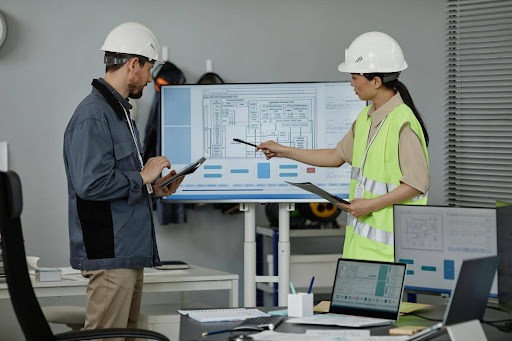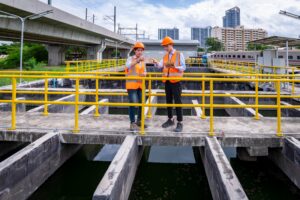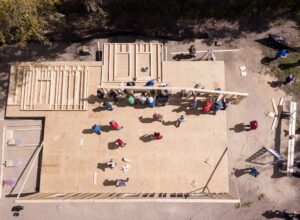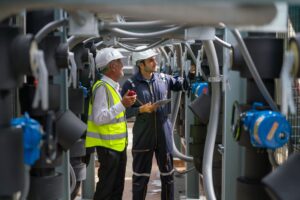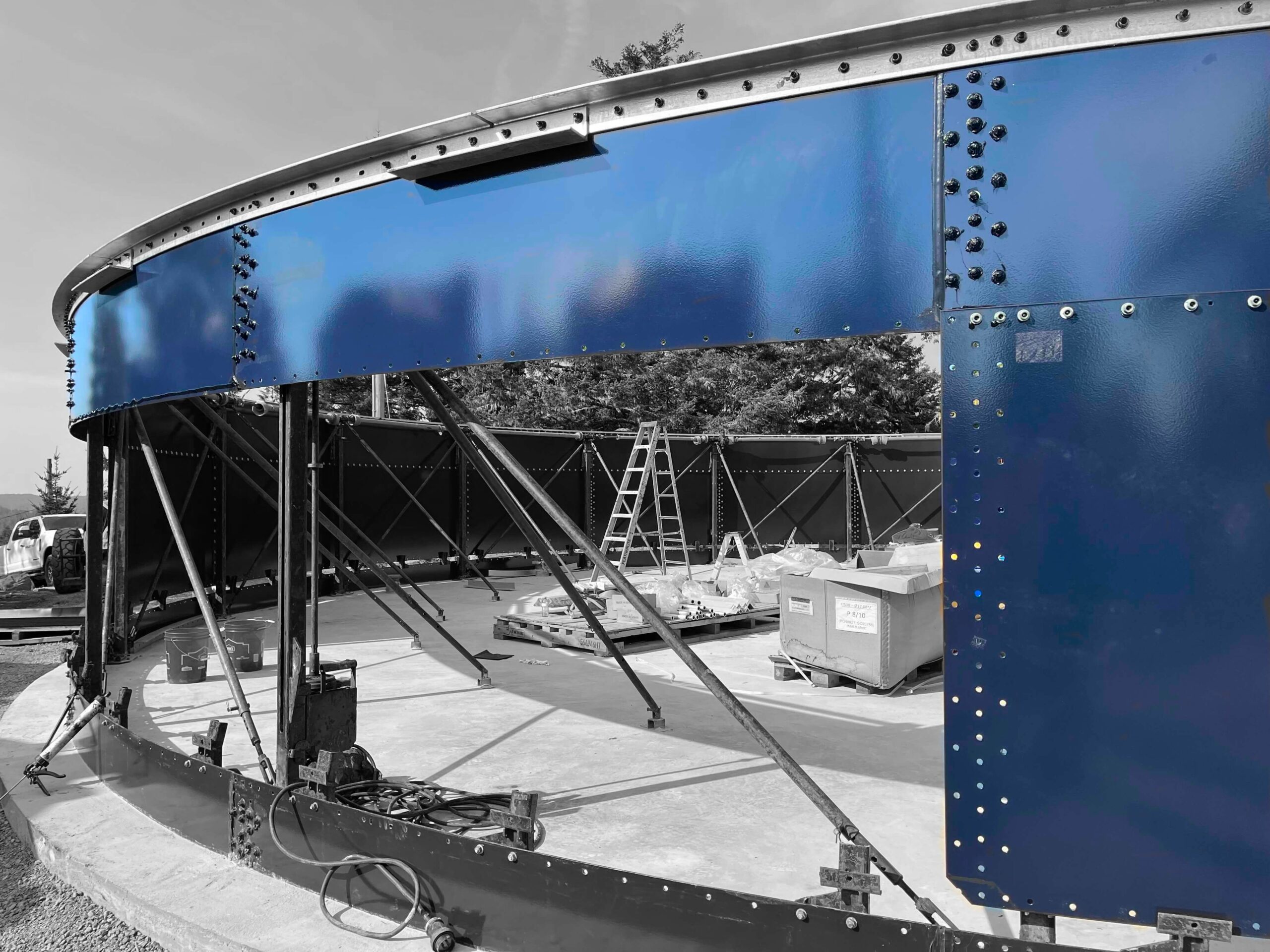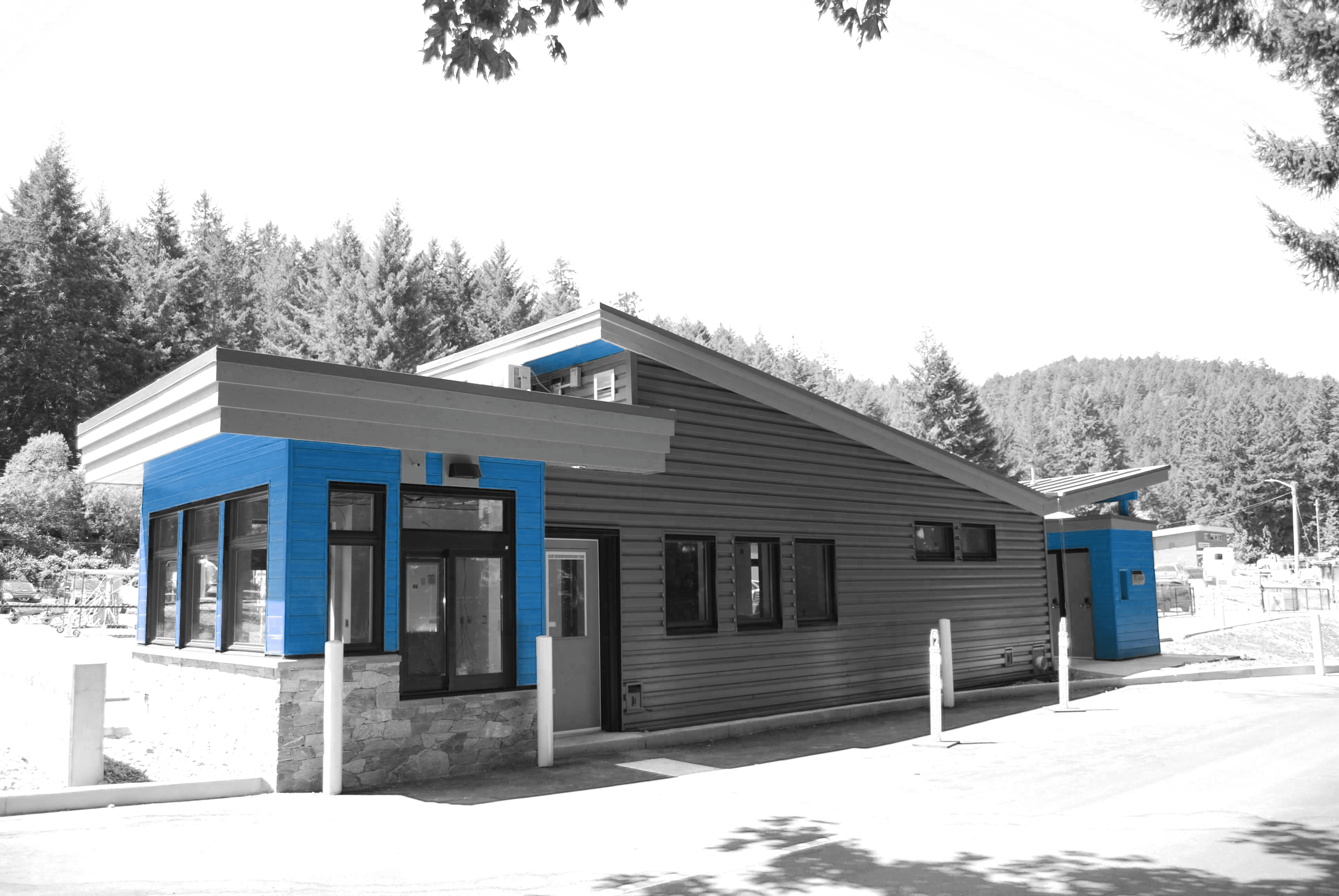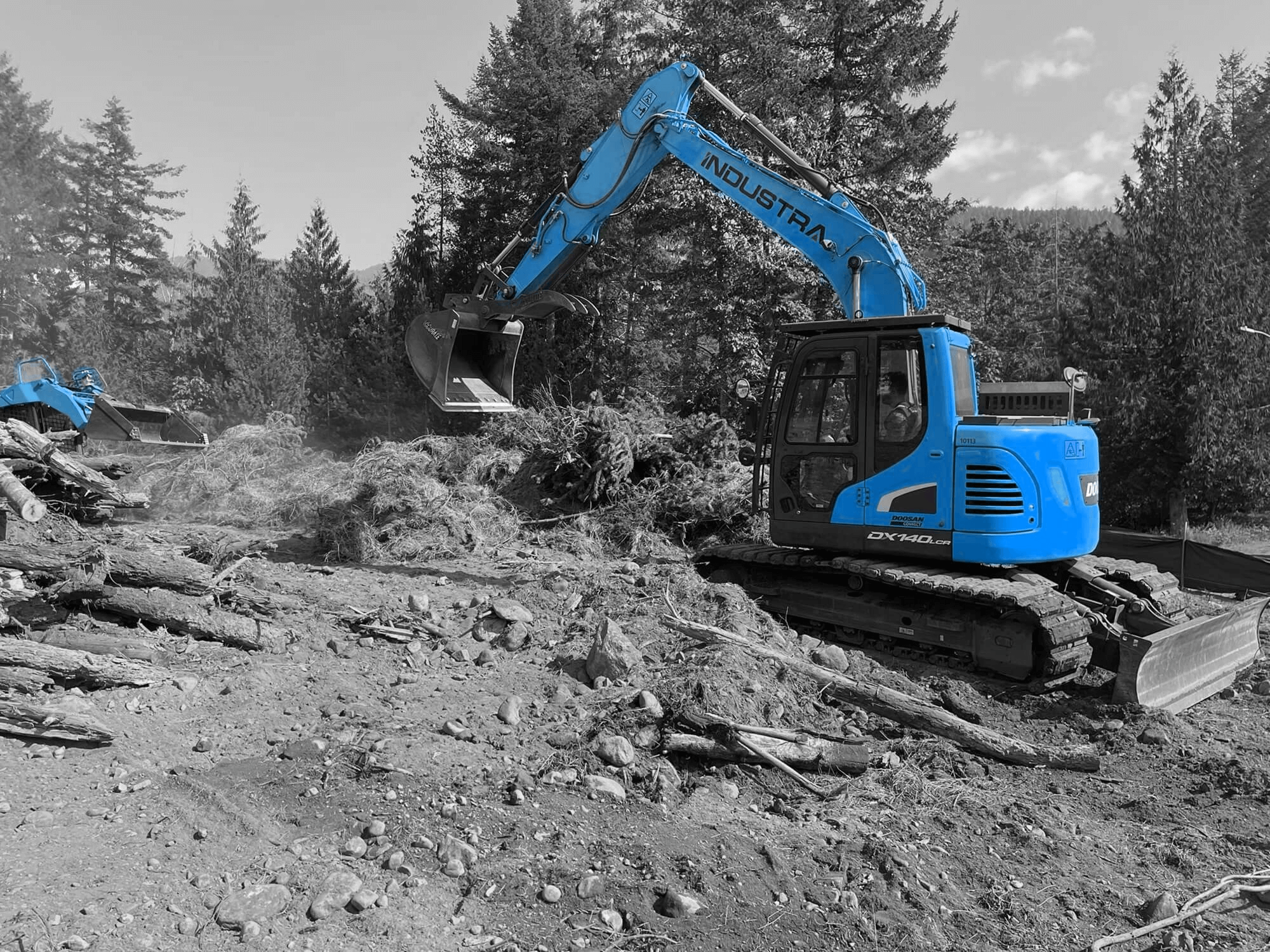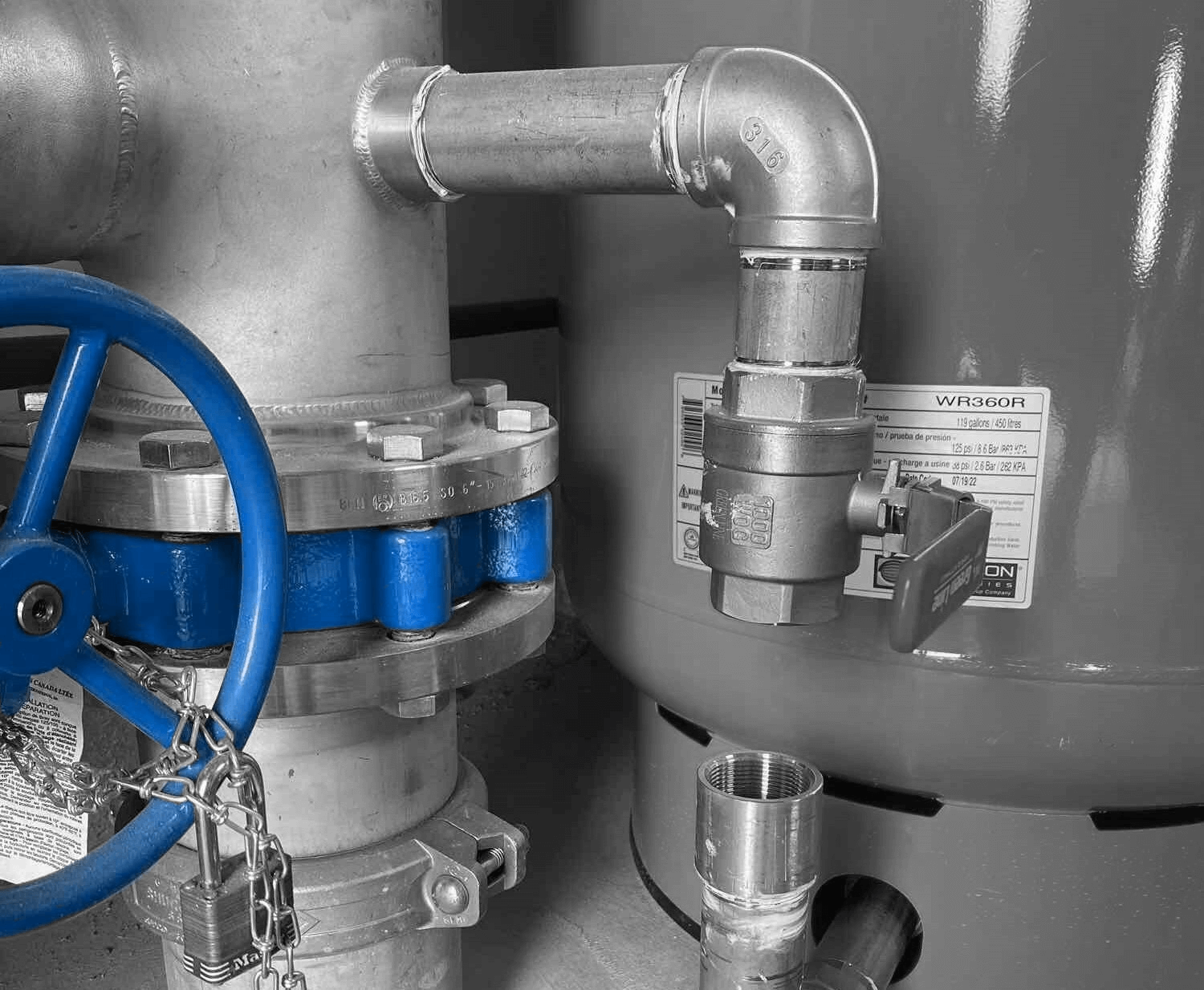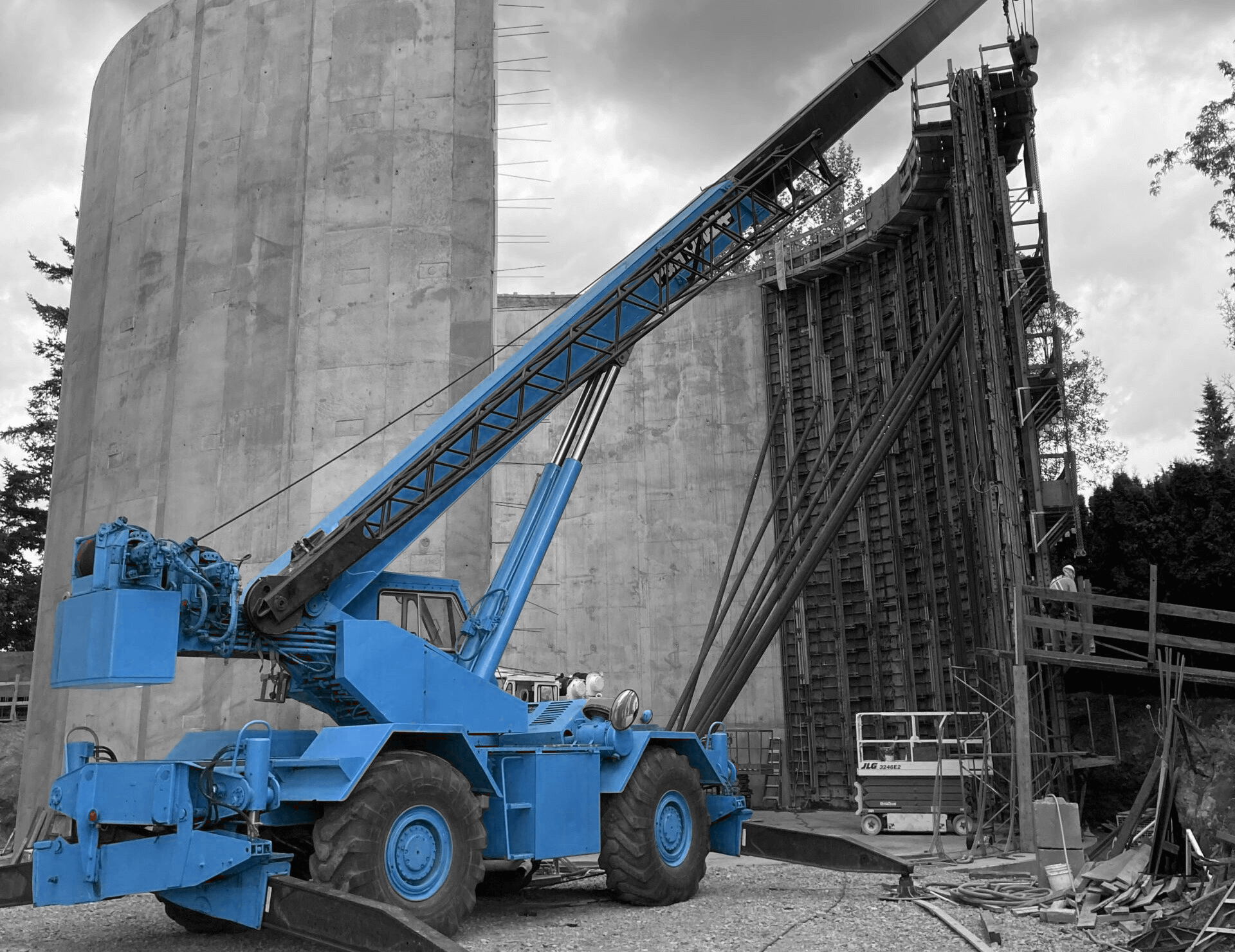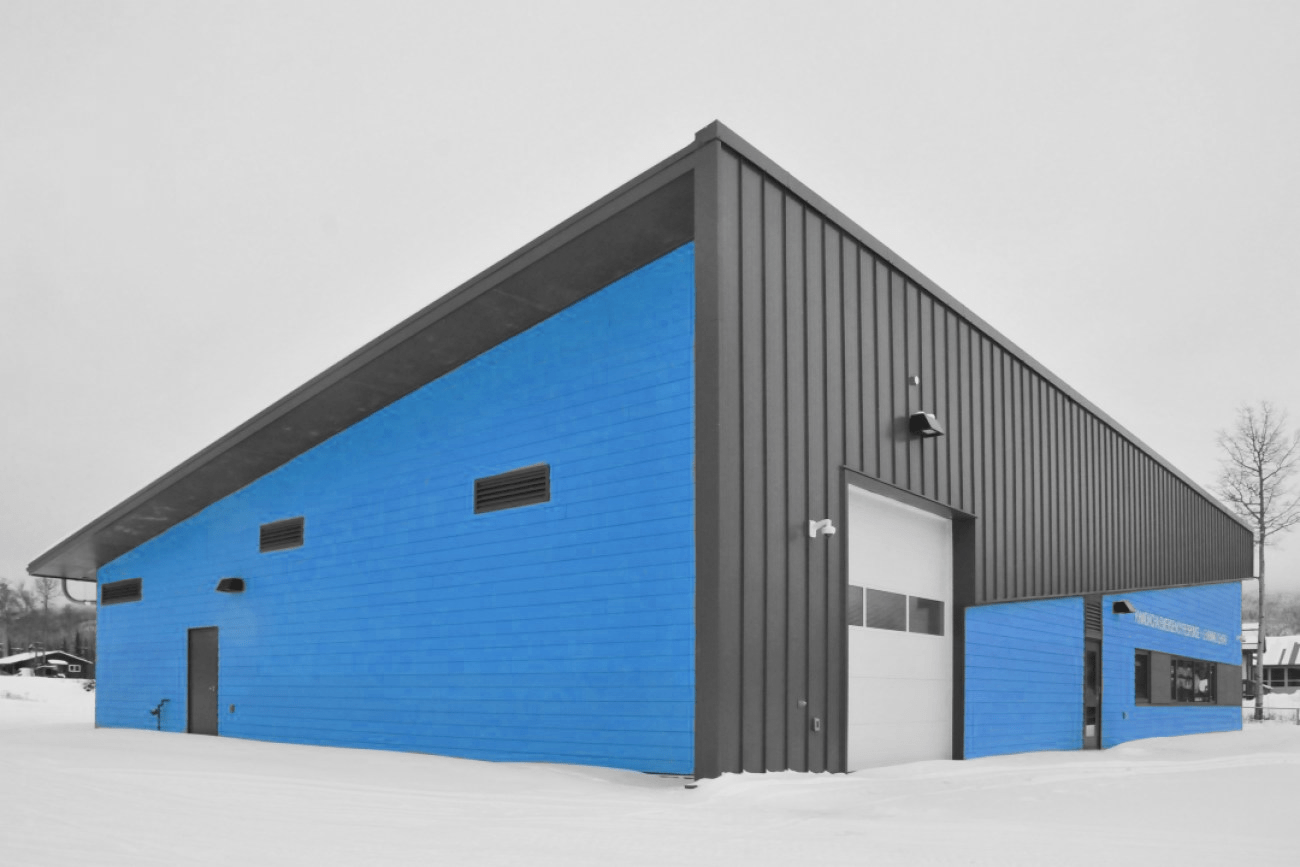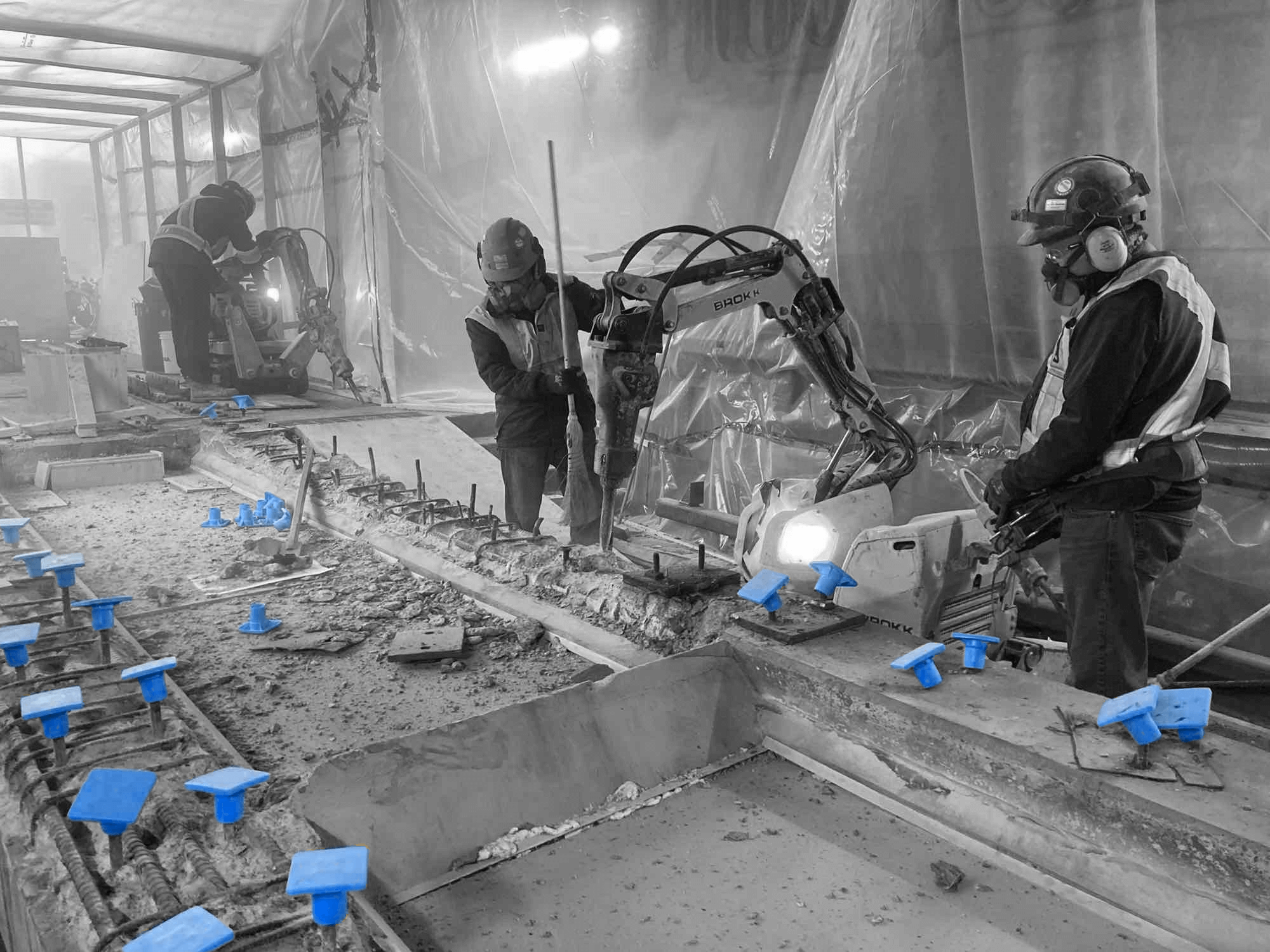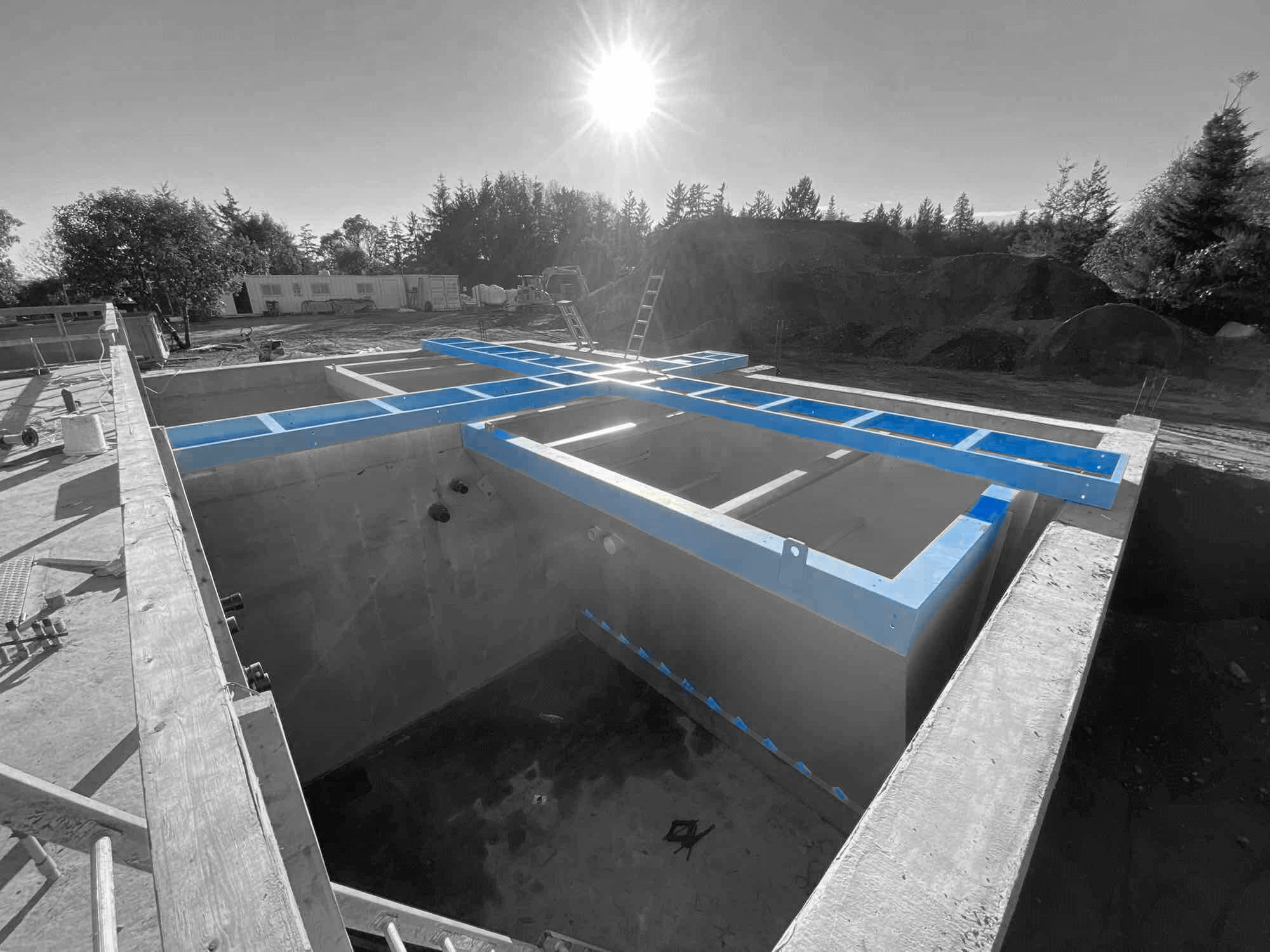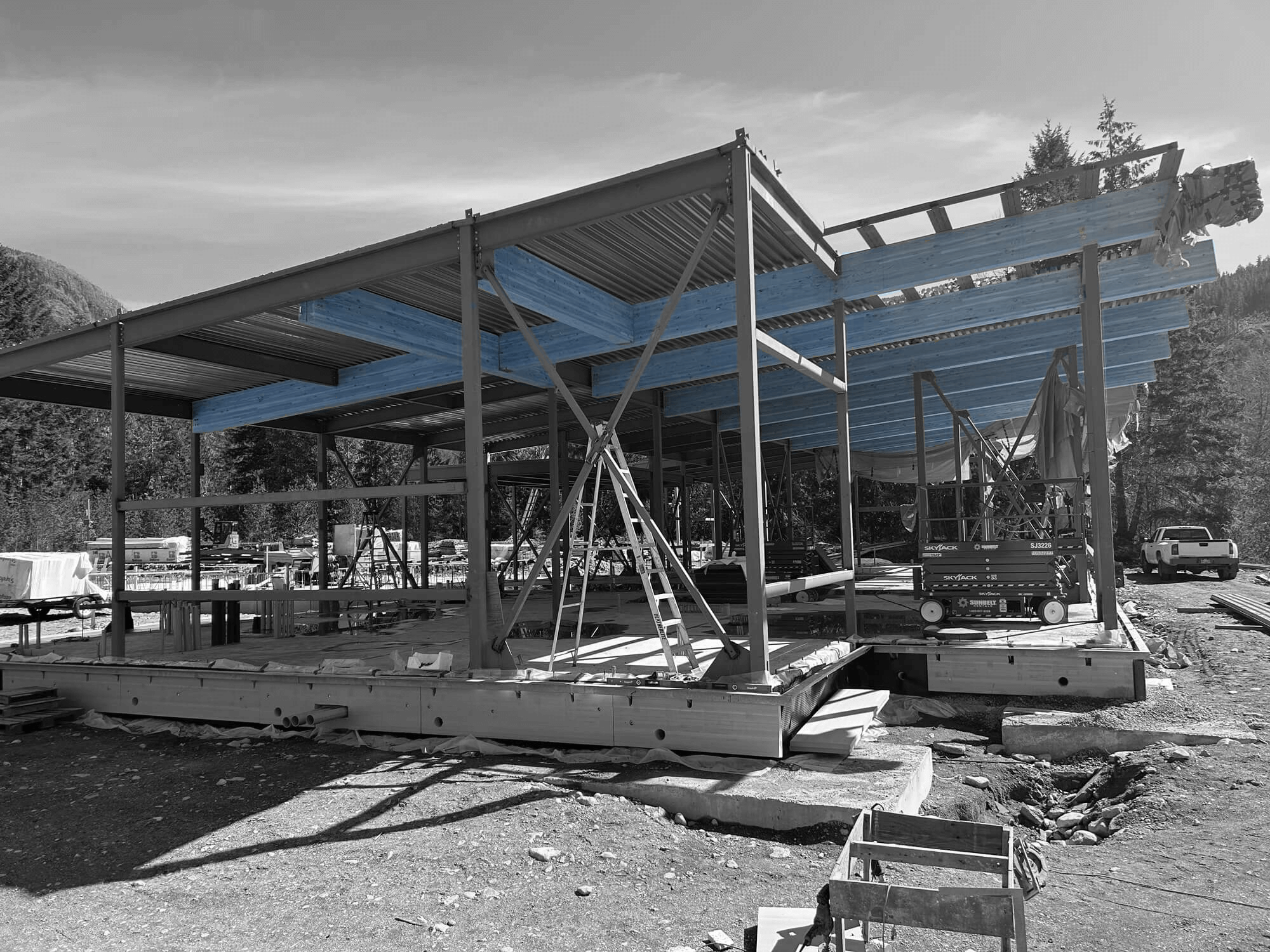EPC design-build projects have become a go-to choice for many looking to outline and complete complex construction projects efficiently. These initiatives bring together engineering, procurement, and construction into one seamless package. By merging these elements, projects benefit from streamlined processes that save time and effort. But with size and complexity can come spiraling costs, making it vital to focus on finding cost-saving measures. Let’s dig into how ensuring maximum cost efficiency can lead to smoother operations and better results in these projects.
Managing costs effectively is more than just pinching pennies. It’s about being smart at every stage, from planning through to execution. While handling the ins and outs of these large-scale projects, it’s important to spot where savings can be made without cutting corners. This means careful assessment, up-to-date tools, skilled teams, and clear communication are all part of the mix. Let’s discover how strategic planning and modern technology play crucial roles in ensuring these projects run smoothly and cost-effectively.
Planning for Cost Efficiency
At the heart of any cost-efficient project is solid, thoughtful planning. To kick off, assessing the project’s full scale and establishing a budget acts as the foundation for future success. Understanding what the project needs upfront prevents nasty surprises down the line. Breaking the project into smaller, manageable parts simplifies the process and makes it easier to track progress while keeping expenses in check.
During this phase, detailed planning and design take center stage. This approach isn’t just about drawing plans; it’s about foreseeing potential challenges and addressing them ahead of time. Doing this reduces hiccups that could lead to increased spending. It’s almost like setting up a road trip: knowing your route, stops, and timing can help avoid unexpected detours.
An accurate cost estimation during planning also plays a pivotal role. By doing the homework properly, you can account for materials, labor, tools, and any unforeseen expenses. This ensures the resources are allocated efficiently, avoiding budget overruns and unnecessary expenditures. In the past, some projects have saved significant amounts by merely tweaking this step to predict costs with precision.
Leveraging Technology
In EPC design-build projects, technology often takes the role of a friendly assistant, helping to smooth out plans and cut costs. Building Information Modeling (BIM) is a prime example of this kind of assistance. BIM offers precise planning by creating digital representations of the physical and functional aspects of the project. It helps visualize the construction process, spotting potential issues well before they arise.
Beyond planning, the use of construction management software simplifies tracking and coordination. It offers a birds-eye view of the project, allowing real-time updates and adjustments. Picture it like having a dashboard that tells you when to change course or accelerate.
Advanced machinery and automation further contribute to trimming costs. Using equipment that enhances productivity streamlines the work, making it faster and more accurate. This can mean huge savings in both time and resources. Using technology this way is like having a toolkit that keeps you prepared and efficient, no matter the project’s twists and turns. By pairing the smart use of tech with thoughtful planning, projects stand strong, ready for success without breaking the bank.
Efficient Resource Management
To keep a project on track and on budget, managing resources effectively is key. It starts with wise material procurement. By choosing suppliers that offer high-quality materials at competitive prices, projects can avoid unexpected costs down the line. Establishing good relationships with suppliers can also lead to better deals and priority service.
A skilled workforce is just as important. Having experienced and well-trained workers not only boosts productivity but also reduces errors that can lead to costly reworks. Investing in ongoing training ensures that the team is always ready to tackle new challenges and adapt to evolving project needs.
Minimizing waste is another crucial aspect. Whether it’s leftover materials or idle labor hours, waste can be a significant drain on resources. Using lean construction techniques helps to maximize resource utilization. Here are some strategies:
1. Implement a just-in-time delivery system to reduce material storage needs.
2. Schedule regular check-ins to keep labor efforts organized and effective.
3. Opt for recycling and reusing materials whenever possible.
By following these practices, projects can achieve a balance between efficiency and cost control, leaving room for flexibility when tackling unexpected issues.
Effective Communication and Collaboration
Clear communication sets the groundwork for successful projects. When everyone understands the project goals, timelines, and responsibilities, mishaps are minimized. Tools like project management software facilitate smooth communication by providing a single platform where information is shared in real-time.
Collaborating effectively also means that all parties—designers, engineers, contractors, and clients—must work closely to ensure everyone is on the same page. This unity prevents misunderstandings that could jeopardize progress. Using collaboration tools can streamline this process by simplifying document sharing, scheduling meetings, and tracking tasks.
Regular progress updates and feedback loops allow for adjustments before minor missteps become major problems. Imagine working on a large puzzle; every piece needs to fit perfectly, and small errors can lead to big gaps later on.
Practical Tips and Best Practices
Adopting practical tips can amplify success. Learning from past projects provides invaluable insight into what works and what doesn’t. For instance, embracing modular construction for certain components can simplify assembly and reduce construction time.
Avoiding pitfalls is equally important. Hasty decisions and overlooked details can inflate costs significantly. Paying close attention to contract terms, keeping detailed records, and holding regular review meetings can help keep everything under control. Think of it as tending a garden; if you ignore even a small part, it could ruin your whole effort.
In the grand scheme, maintaining cost efficiency in EPC design-build projects requires a constant balancing act. It’s about making smart, informed decisions at every step to create high-quality outcomes without overspending. With careful planning, the right tools, effective management, and clear communication, these projects can deliver impressive results on time and on budget. This blend of strategies sets the stage for success, making the effort worthwhile for everyone involved.
To make the most out of your next project and ensure you maintain cost efficiency, consider exploring how design-build construction can transform your vision into reality. With Industra Construction Corp.’s expert approach, every project stage, from planning through execution, benefits from streamlined processes and innovative solutions. Discover what we can build together today.


